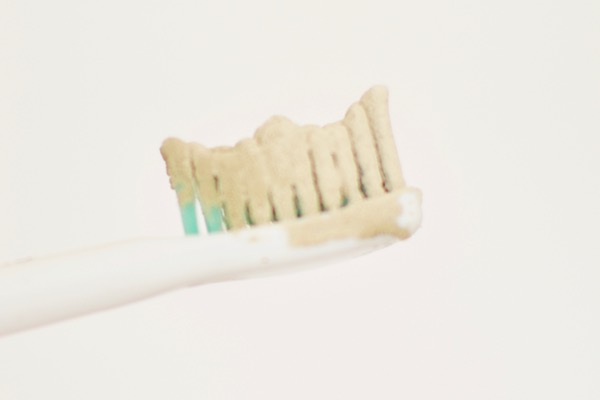A strange cure for a common problem?
Incontinence is a surprisingly common issue, one that affects a surprising number of people. Pregnant women, for example, often suffer from urinary incontinence due to the weakening of their pelvic floor muscles. There are many things that can cause urinary incontinence, but only a few methods for dealing with it. It turns out Botox for incontinence is one of those potential “cures” for the problem!
As we all know, Botox is used by plastic surgeons as a means of smoothing out wrinkled and aging skin. But according to WebMD, it’s potentially a useful treatment for incontinence as well. Injecting Botox directly into the bladder muscle could help to deal with the overactive bladder contractions caused by incontinence. It may be able to prevent urine leakage and stop you from feeling like you always need to use the bathroom.
In the study cited by WebMD, a group of 227 patients received Botox injections over the course of four years. They only received two Botox shots (or less) per year, but a staggering 90% of the patients saw a 50% or higher decrease in their episodes of incontinence. In somewhere between 44 and 52% of cases, the Botox for incontinence dealt with the problem altogether. The episodes of incontinence ended thanks to the Botox injections.
Not only did the Botox deal with incontinence, but it improved the quality of life for the patients. Best of all, there were no serious side effects. A number of the patients developed a urinary tract infection, but that’s hardly as severe as episodes of urinary incontinence that last for years at a time. Being able to treat urinary incontinence with something as simple as a Botox injection is an amazing way to deal with a common problem.

READ MORE: Why Kegel Exercises for Men are Important
The same doctor who conducted the above-mentioned study also led a second study, this one involving 250 patients who received 1-6 Botox injections per year over the course of 3 years. Once again, the study discovered that Botox helped to decrease the number of daily incontinence episodes significantly. More than 33% of patients had visible results with just one injection of Botox per year.
However, be warned: in another study, Botox for incontinence proved less than promising. Of the 300 patients studied, 20% ended up needing surgery to deal with acute urinary retention. This could prove that Botox for incontinence isn’t the “one size fits all” approach to dealing with urinary problems.
Suffice it to say, the first two studies do provide ample evidence that Botox could be a solution for dealing with urinary incontinence. While further research is warranted to determine exactly how effective it will be, ultimately, it may lead scientists down the path to a much more effective—and lower-risk—solution for the problem. Urinary incontinence may one day be a thing of the past, thanks to discoveries like the use of Botox for incontinence.
For now, the best option for dealing with incontinence still remains in your hands. Pelvic floor muscle training (also known as Kegel exercises) can help to increase muscular strength and tone, enabling your body to squeeze those bladder muscles and keep the urinary tract closed. Bladder retraining can also help to mitigate the need for regular bathroom trips. However, it may be worth talking to your doctor about Botox for incontinence. While the treatment is still in its infancy, there is a good deal of evidence that points to its effectiveness. Undergoing this treatment may be the solution to help you manage your urinary incontinence.








